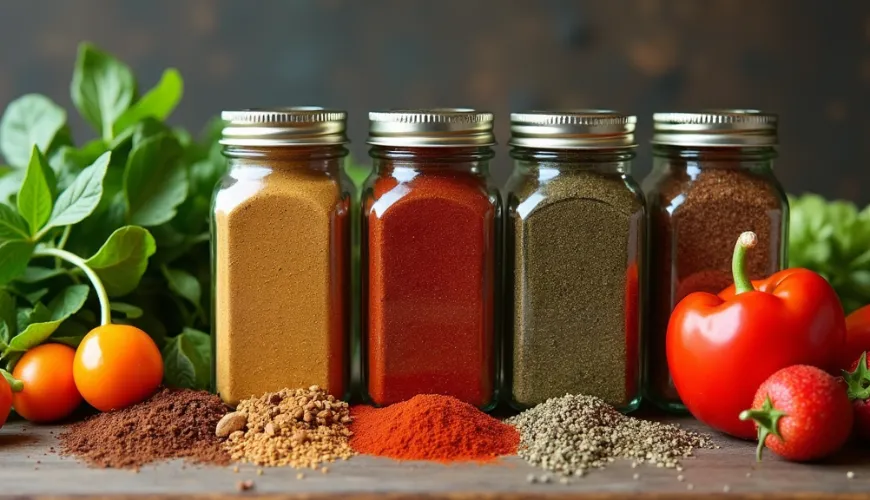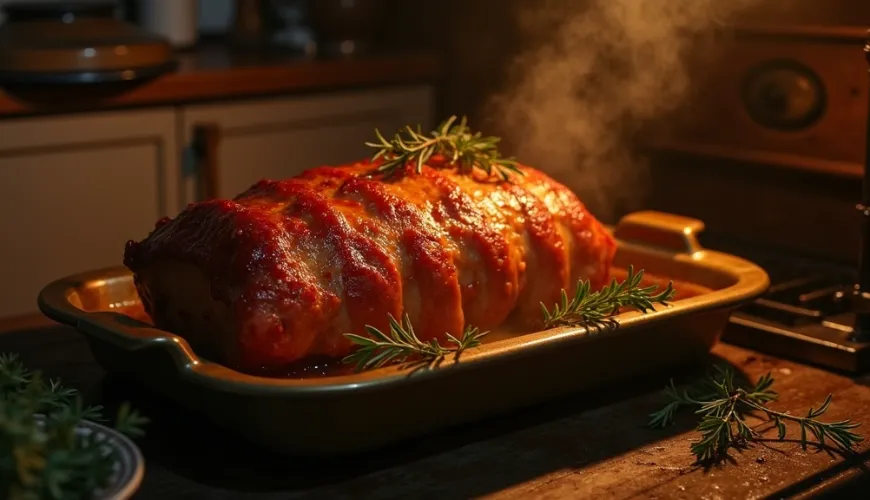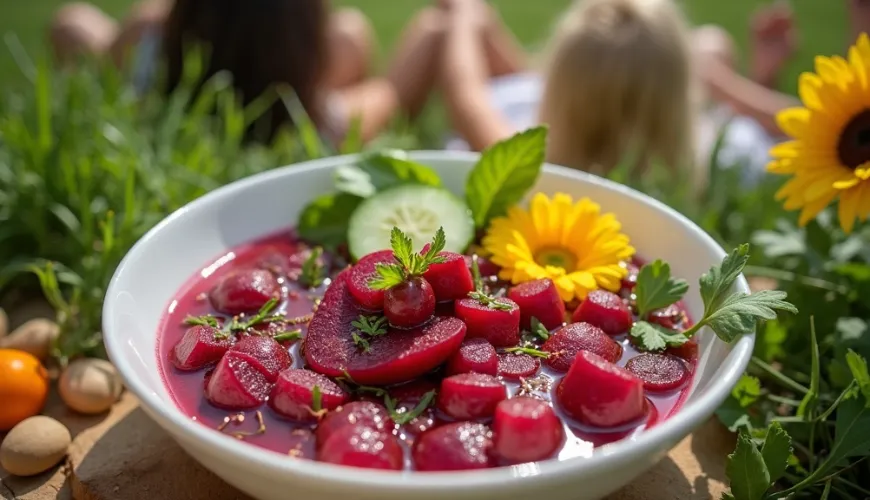
Cajun seasoning transforms classic dishes into delightful experiences full of intriguing stories.

Cajun Seasoning: The Taste of Louisiana That Conquered the World
There are spices that have the ability to instantly transport your taste buds to another part of the world. Curry evokes India, za'atar the Middle East, and cajun seasoning? That is undoubtedly a journey to the American South, specifically Louisiana. This blend has become a favorite in kitchens around the world in recent years—not only for its spiciness but primarily for its distinctive, earthy flavor that can enliven even the simplest dish.
What Exactly is Cajun Seasoning?
Cajun seasoning (often incorrectly spelled as "cajun spice" without the adjective) originates from the cuisine of Cajun settlers, descendants of French colonists who were expelled from Canada's Acadia in the 18th century and settled in what is now Louisiana. Their cuisine evolved out of necessity—from what was available—and spices played a key role in enhancing the available ingredients.
Today, there are hundreds of versions of the Cajun blend, but the base is usually similar: paprika, garlic, onion, cayenne pepper, thyme, oregano, black pepper, and salt. Some variations also include dried celery, marjoram, or allspice. The resulting flavor is spicy, aromatic, and slightly smoky—ideal for meat, fish, vegetables, and even soups.
Where Can You Use Cajun Seasoning?
At first glance, it might seem that the Cajun blend is reserved only for meat. But the truth is far more diverse. In American kitchens, Cajun is as common as sweet paprika is here. Yet, it can be much more versatile than it first appears.
You'll fall in love with the Cajun blend—try sprinkling it on fries or roasted potatoes and see how it completely changes the taste. It also works great as a secret ingredient in hummus or a garlic yogurt dip, where it adds a slight spiciness. If you love grilling vegetables, a bit of this mix will turn ordinary zucchini, eggplant, or corn into a spicy experience. And if you're fond of legumes, sprinkle it into chickpea stew or lentil soup—the result will grab you and not let go.
A practical example? In one vegetarian bistro in Brno, they started adding homemade Cajun mix to roasted pumpkin and serving it with lime dip. Visitors were thrilled—the slightly sweet flavor of the pumpkin perfectly contrasted with the spicy seasoning, and the dish quickly became a bestseller.
Cajun vs. Creole Seasoning – What's the Difference?
Both seasonings come from the Louisiana area, but they have different roots. While Cajun seasoning has a more rustic base and reflects a poorer rural cuisine, Creole blend is more sophisticated, with a greater emphasis on herbs and less spiciness. Creole cuisine is often associated with the urban environment of New Orleans and has a stronger French and Spanish influence.
In other words: Cajun is like blues—raw, rough, and strong. Creole is like jazz—softer, more complex, and refined.
The difference is also noticeable in their use. Cajun doesn't shy away from spiciness, which is why it's popular in spicy dishes like jambalaya, blackened fish, or grilled chicken thighs. Creole is more often used in sauces like étouffée or gumbo, where herbal subtlety blends with aromatic bases.
Why Make Your Own Cajun Blend at Home?
There are countless ready-made options on the market, but in spices, more than anywhere else, "fresh is best" holds true. Homemade preparation has several advantages: you control the quality of ingredients, you can adjust the spiciness to your liking, and most importantly—you avoid unnecessary additives and anti-caking agents, which are unfortunately common in some industrially produced blends.
A basic recipe for homemade Cajun blend might look like this:
- 2 tablespoons ground sweet paprika
- 1 tablespoon garlic powder
- 1 tablespoon onion powder
- 1 teaspoon cayenne pepper (or less to taste)
- 1 teaspoon thyme
- 1 teaspoon oregano
- 1 teaspoon freshly ground black pepper
- 1 teaspoon salt
Mix everything and store in a sealed jar in a dry, dark place. It will last for several months, but you'll probably use it much sooner.
Cajun Seasoning and Health – Is It Even Good?
When spicy seasoning is mentioned, many people perk up. Is a spicy blend really healthy? According to experts, yes—in moderation. Cayenne pepper in the Cajun blend, for example, contains capsaicin, a substance that boosts metabolism, reduces appetite, and according to some studies, even helps lower blood pressure. Likewise, garlic and onion in powdered form bring antioxidant effects and strengthen the immune system.
However, it's worth noting that not all Cajun seasonings are the same. Some commercial blends contain too much salt or added sugar. If you're monitoring your intake of these components, it pays to read labels or really make the blend at home.
“Spice should not dominate a dish, but enhance the best in it," says renowned American chef Leah Chase, who cooked her entire life in the spirit of Louisiana traditions.
Cajun in Czech Cuisine? Why Not!
Even though the Cajun blend has roots in the American South, it can easily find a place in Czech cuisine—it surprisingly well suits familiar recipes. It works great in marinades for skewers or chicken wings, gives goulash a more robust base, turns roasted chickpeas into an unconventional snack for watching TV, and in potato pancakes, it ensures a real flavor ride.
Czech cuisine has a strong foundation in spices, so Cajun fits in perfectly. There's no need to be afraid of it—just start gently and gradually discover where it pairs best.
Whether you're looking for a way to spice up everyday cooking or just want to indulge in flavors with a story and tradition, Cajun seasoning is a great choice. It brings a bit of courage, a lot of flavor, and a pinch of adventure into the kitchen.

